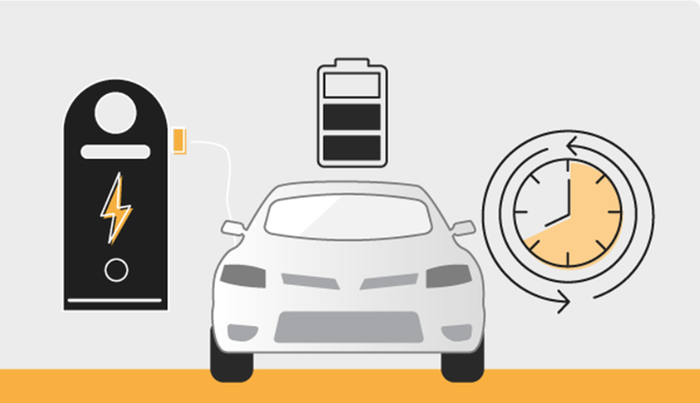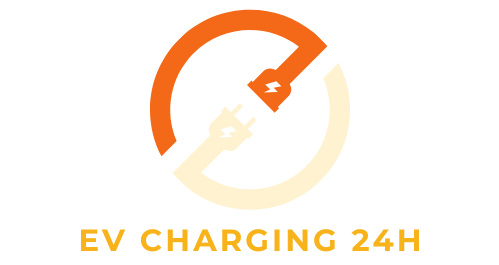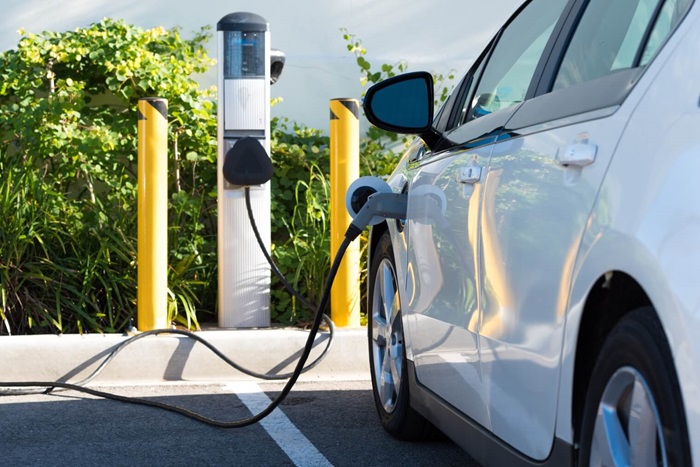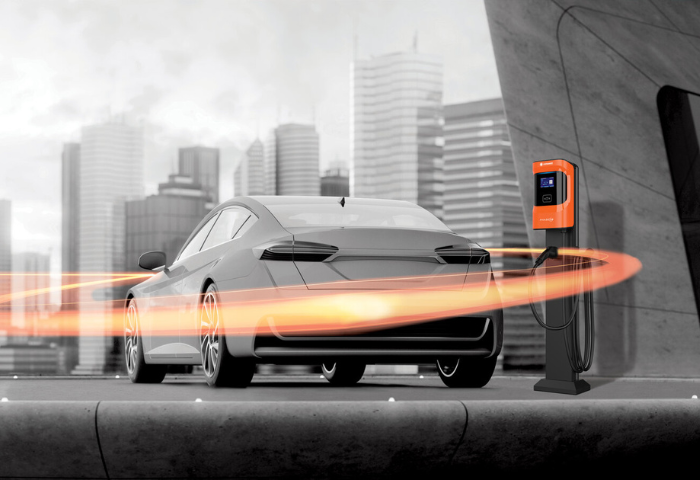Charging Time: A Critical Factor
Charging time refers to the duration it takes for a device’s battery to reach full capacity. Fast charging technology significantly reduces this time, becoming increasingly important in our fast-paced world. However, several factors influence charging time, including battery size, charging technology, and power source. Understanding the trade-off between charging speed and battery life is crucial for optimizing device usage.
What is charging time?
Charging time refers to the duration required to replenish the energy stored in a device’s battery to its full capacity. It’s a crucial factor in the usability and practicality of electric vehicles (EVs), smartphones, laptops, and other portable electronics.

Importance of Fast Charging:
- Convenience: Fast charging reduces the downtime required to charge devices, enhancing convenience for users who rely on their devices throughout the day.
- Mobility: Faster charging enables EV drivers to cover longer distances without extended charging stops, enhancing the practicality of electric vehicles for long trips.
- Emergency Situations: In emergencies or situations where access to power outlets is limited, fast charging ensures that devices can be quickly powered up when needed.
Factors Affecting Charging Time:
- Charging Rate: The rate at which power is delivered to the battery determines the charging speed. Higher charging rates result in faster charging times.
- Battery Capacity: The size of the battery determines the amount of energy that needs to be replenished, affecting the overall charging time.
- Charging Protocol: Different charging protocols (e.g., USB-C PD, Qualcomm Quick Charge, Tesla Supercharger) support varying charging speeds depending on the device and charger compatibility.
- Temperature: Charging speed may be affected by temperature, as extreme temperatures can slow down charging to prevent damage to the battery.
- State of Charge: Charging may slow down as the battery approaches full capacity to prevent overcharging and minimize heat generation.
Charging Speed vs. Battery Longevity:
- Fast Charging Impact: Rapid charging can generate heat and chemical reactions within the battery, potentially leading to increased degradation over time.
- Optimized Charging Protocols: Many devices and EVs implement charging algorithms to optimize charging speed while minimizing stress on the battery, balancing fast charging with battery longevity.
- Heat Management: Efficient cooling systems or thermal management strategies help mitigate the negative effects of fast charging on battery health.
Charging Duration for Different Devices:
- Smartphones: Charging times for smartphones vary depending on battery capacity, charging technology (e.g., fast charging), and the charger’s output power. Typically, modern smartphones can reach full charge within 1 to 2 hours with fast-charging capabilities.
- Laptops: Laptop charging times depend on battery capacity, charger wattage, and whether the laptop supports fast charging. A laptop battery can typically be fully charged within 1 to 3 hours.
- Electric Vehicles: EV charging times vary significantly depending on the battery size, charging infrastructure, and charging speed. With fast-charging stations, EVs can achieve an 80% charge in as little as 20 to 40 minutes, while full charges may take several hours using standard charging methods.
Charging Time in Electric Vehicles
Charging time in electric vehicles (EVs) is a crucial factor influencing the practicality and adoption of electric transportation. Several factors impact EV charging time:

Impact of Charging Infrastructure on Charging Time:
- Charging Station Type: Different charging stations offer varying charging speeds. Level 1 chargers (standard household outlets) are the slowest, Level 2 chargers (240V outlets) are faster, and Level 3 chargers (DC fast chargers) provide the quickest charging.
- Power Output: The power output of charging stations significantly affects charging time. Higher power outputs result in faster charging. Level 3 chargers can deliver power outputs ranging from 50 kW to over 350 kW, drastically reducing charging times compared to Level 1 or Level 2 chargers.
- Availability and Distribution: The availability and distribution of charging stations impact the accessibility and convenience of charging. A denser network of charging stations reduces the need for long charging stops and minimizes range anxiety.
Smart Charging Technologies:
- Load Management: Smart charging systems can optimize charging schedules to avoid grid congestion during peak demand periods, reducing stress on the grid and potentially lowering electricity costs for EV owners.
- Vehicle-to-Grid (V2G) Integration: V2G technology enables bidirectional energy flow between EVs and the grid, allowing EVs to store excess renewable energy and discharge it back to the grid when needed, thus enhancing grid stability and supporting renewable energy integration.
- Demand Response Programs: EVs can participate in demand response programs where charging rates are adjusted based on grid conditions and electricity prices, incentivizing charging during off-peak hours and supporting grid stability.
Charging Time Optimization Strategies:
- Battery Management Systems: Advanced battery management systems monitor battery temperature, state of charge, and other parameters to optimize charging algorithms, maximizing charging speed while ensuring battery longevity and safety.
- Temperature Control: Efficient thermal management systems regulate battery temperature during charging, preventing overheating and minimizing charging time.
- Predictive Charging: Utilizing data analytics and machine learning algorithms, predictive charging systems anticipate EV owners’ charging needs based on driving patterns, weather conditions, and other factors, optimizing charging schedules to minimize wait times.
Integration of Renewable Energy Sources in Charging Systems:
- Solar Power Integration: Solar-powered charging stations utilize photovoltaic panels to generate clean energy, reducing reliance on the grid and providing sustainable charging options.
- Wind Power Integration: Wind turbines can supplement electricity generation at charging stations, further reducing carbon emissions and enhancing the environmental sustainability of EV charging infrastructure.
- Energy Storage Systems: Integrating energy storage systems (e.g., batteries) with charging stations enables the storage of excess renewable energy for later use, ensuring reliable charging availability regardless of weather conditions or time of day.
Definition of charging time
Charging time refers to the duration required to replenish the energy stored in a battery to its full capacity. It is a critical metric in various contexts, including electric vehicles (EVs), consumer electronics, and renewable energy storage systems.

Charging Time Measurement Units:
- Time: Charging time is typically measured in hours and minutes, representing the duration it takes for a battery to reach full capacity.
- Rate of Charge: Charging speed can also be expressed in units like kilowatts (kW) or amperes (A), indicating the rate at which power is delivered to the battery.
Peak Charging Time Periods:
- Off-peak: Off-peak charging refers to periods when electricity demand is low, typically during nighttime hours. Utilities may offer discounted electricity rates during off-peak hours to incentivize charging and balance grid demand.
- Peak: Peak charging occurs during periods of high electricity demand, often during the daytime or early evening. Charging during peak hours may result in higher electricity costs and increased strain on the grid.
Charging Time Variability:
- Battery Capacity: The size of the battery determines the amount of energy that needs to be replenished, directly impacting charging time.
- Charging Infrastructure: Different charging stations offer varying charging speeds. Level 1 chargers are the slowest, Level 2 chargers are faster, and Level 3 chargers provide the quickest charging.
- Charging Protocol: Various charging protocols (e.g., USB-C PD, Tesla Supercharger) support different charging speeds depending on the device and charger compatibility.
- Temperature: Charging speed may vary based on ambient temperature, with extreme temperatures potentially affecting charging efficiency and battery health.
Charging Time Efficiency:
- Fast Charging: Faster charging reduces the time required to charge a battery, enhancing convenience and usability. However, fast charging may impact battery longevity and efficiency.
- Energy Losses: Charging systems may incur energy losses during the charging process, reducing overall efficiency. Efficient charging systems minimize these losses to maximize charging speed and reduce environmental impact.
- Smart Charging Technologies: Smart charging systems optimize charging schedules based on factors like grid demand, renewable energy availability, and user preferences, improving overall charging efficiency and grid stability.
In summary, charging time is the duration required to fully charge a battery and is influenced by factors such as battery capacity, charging infrastructure, time of day, and charging protocol. Maximizing charging efficiency and optimizing charging schedules can enhance the usability, sustainability, and cost-effectiveness of battery-powered devices and electric vehicles.
Deep Dive into Optimal Charging Times: Expert Opinions and Strategies

Expert Opinions on Optimal Charging Times:
- Battery Health and Longevity: Many experts emphasize the importance of balancing charging speed with battery health. Rapid charging, while convenient, can lead to increased battery degradation over time. Optimal charging times may vary depending on factors such as battery chemistry, temperature, and charging protocols.
- Grid Integration: Some experts advocate for charging during off-peak hours to reduce strain on the grid and take advantage of lower electricity rates. Smart charging technologies play a crucial role in optimizing charging schedules to align with grid conditions and user preferences.
- User Convenience: For electric vehicle owners, optimal charging times often revolve around convenience and practicality. Fast-charging options, such as Level 3 chargers, are favored for long-distance travel, while overnight charging at home may be preferred for daily commuting.
Research on Charging Time Trends:
- Technological Advancements: Research explores advancements in battery technology, charging infrastructure, and smart grid solutions to improve charging efficiency and reduce charging times.
- Consumer Behavior: Studies analyze consumer preferences and behaviors regarding charging times, exploring factors such as willingness to pay for fast-charging services and the impact of charging infrastructure availability on EV adoption.
Case Studies on Charging Time Implementations:
- Public Charging Networks: Case studies examine the deployment of public charging networks in urban areas, evaluating factors such as charging station density, user demand, and charging time optimization strategies.
- Fleet Charging Solutions: Case studies focus on fleet management applications, exploring how optimal charging times and smart charging technologies can enhance the efficiency and cost-effectiveness of electric vehicle fleets.
Regulations and Standards for Charging Time:
- Industry Standards: Regulatory bodies and industry organizations establish standards and guidelines for charging infrastructure, including specifications for charging protocols, safety requirements, and interoperability.
- Government Policies: Governments may implement regulations and incentives to promote the deployment of charging infrastructure and encourage off-peak charging practices, supporting overall energy efficiency and sustainability goals.
Best Practices for Reducing Charging Time:
- High-Power Charging Infrastructure: Investing in high-power charging infrastructure, such as Level 3 fast chargers, can significantly reduce charging times for electric vehicles, improving user convenience and adoption.
- Smart Charging Technologies: Leveraging smart charging technologies, including demand response programs, predictive charging algorithms, and vehicle-to-grid integration, optimizes charging schedules and minimizes charging times while supporting grid stability and renewable energy integration.
- Battery Management Systems: Implementing advanced battery management systems helps optimize charging parameters, such as charging voltage and current, to maximize charging efficiency while preserving battery health and longevity.
In conclusion, expert opinions, research, case studies, regulations, and best practices in the domain of charging times underscore the importance of balancing convenience, efficiency, and sustainability in charging infrastructure and practices. Ongoing advancements in technology and policy will continue to shape optimal charging times and drive the transition toward a cleaner, more efficient transportation and energy ecosystem.

Henry Michael is a leading expert in EV charging station research, specializing in innovative solutions for electric vehicle infrastructure. With a passion for sustainability and technological advancement, he is dedicated to advancing the accessibility and efficiency of EV charging worldwide.




